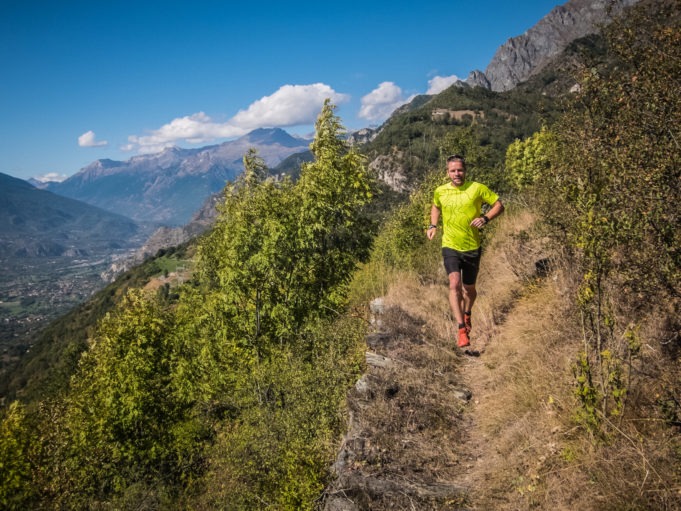This month David Lloyd and Henrik Leth Jorgensen join forces to bring you their list of seven common training errors.


Henrik Leth Jorgensen on trails
1. Training through fatigue or injury
Having signed up for an tough race, you might put yourself on a tough training schedule. Somewhere in the process you may start feeling pain, but your schedule tells you to keep training. Should you listen to your body, or follow your plan? Sticking to your plan through fatigue/injury will most likely lead to worsening of the injury and then a prolonged recovery.
One option: keep the frequency of training but switch to biking, indoor rowing or elliptical, and focus on strength training. Whatever you do instead, be sure to take the load off the injury.
2 Training on the flat only
Trail runs – especially Topas runs – are not flat. Therefore, if you only train on flat ground, you will not have the best experience on race day.
Solutions: If you have trails near you with hills, get out and run them and do not leave this to two weeks before the race.
Try to get a one of two good sessions in with gain approaching what you will do on race day. Use back to back sessions to ease the load if necessary.
No hills near you? Get into a gym and use the gradient feature on treadmills.
3 Overtraining
Plenty of people ignore the 80/20 rule of thumb.
Some people aim for loads of HIIT and burn out.
A lot of training should only be done to prepare the body to handle the load of the tough workouts and also to build endurance.
So, 80% of your training should be low intensity, so that 20% can be very effective high intensity. Many people try to do the opposite, 80% high intensity leading to the high intensity not being high at all, so in the end almost all training sessions end up being mediocre.
4 Not doing the distance
Many do not get close enough to their target distance in training and find out on race day that going over 50k is very different to managing 35k…but doing 50k as training will need a long time for recovery,
Solve the issue: One option is to do one session as close as you can to race distance and build in an easier week following this.
Alternatively, do a back-to-back training block. Find three consecutive days in your calendar 4-7 weeks before race day where you have plenty of time for training. Run 20k – 35k – 15k on these days. The last part of second run and the third run you will get the feeling of running with a tired body. It is not exactly the same as one 50k run, but the recovery time is much shorter.
5 Not cross training
Running on trails requires your body to be able to handle a lot of different movements. Runners with a strong body, not only strong legs, suffer less from fatigue.
Add some indoor training, cross trainer, core strength, stationary bike and indoor rowing. You might not see an improvement immediately on your running times, but rest assured, that on race day running with trail pack and 2 liters of water on your back, you will not be tired as fast as your competitors that cheated on this kind of training.
6 Not training in your race gear
Running with a trail pack? You need to train in that trail pack.
Running with 2L of water on race day? You need 2L in your pack on some training sessions.
Planning to get new shoes? Do so at least 6 weeks out from race day and train in them.
For an ultra, we say nothing new on race day.
7 Not training with race day nutrition
If you are planning to use gels/bars on race day, you need to try those gels/bars in training.
And not in a short training session, but a longer one. You need to know how your stomach reacts to your nutrition when you are fatigued and it is hard to eat and also keep the food down.
The same goes for your electrolytes, especially on longer distance events.
You should also find out what you crave when you go deep (salty crisps, Haribo Worms, Mars for David…… Katjes Tapsy sweets for Henrik). You can then add these to your race pack and enjoy satisfying that craving when you need it.
Want to read more training tips? Check out Running in the heat or Three top tips for ultra sucess.



